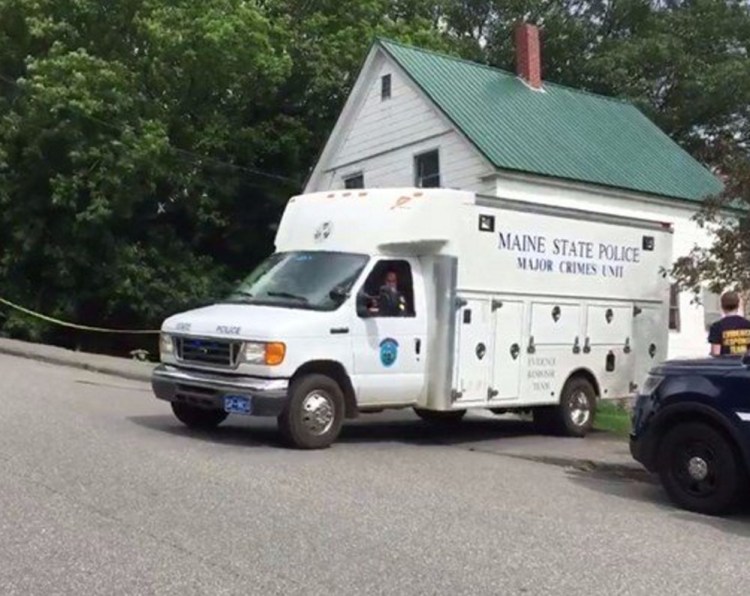The lethal actions of a man reported to have a history of domestic abuse have again made the headlines in Maine. Last week, another man murdered his longtime partner when she sought to leave him. These stories remind us that, while the rates of domestic violence homicides have dropped in the past few years, domestic abuse and violence is still a significant contributor to deadly crime in our state.
When a person murders his partner and others around them, the public asks why. We want to know, “How could such a tragedy happen?”
In the news reports of the Madison and Jay homicides, those familiar with the dynamics of domestic abuse and violence recognize familiar indicators: threatening and aggressive behaviors, jealousy, accusations of infidelity, the victim’s intent to end the relationship. As often happens when an abuser kills his partner, much of the public conversation has focused on what role these factors played in motivating these men to kill.
Unfortunately, that line of inquiry misses the point.
None of these factors explains why an abuser commits murder. Many of us feel jealousy or anger. Very few of us will choose to act on those feelings by killing people. The explanation for such crimes lies elsewhere.
In seeking to understand domestic violence homicide, we too often look at the symptoms – extreme jealousy, aggressive behavior, the use of drugs or alcohol – rather than the cause. But the explanation lies in the fact that the killer – who is, in most cases, a man – deeply believes that he has the right to control his partner’s life, up to and including whether the partner lives or dies. When that control is threatened, as often happens when the partner is trying to end the relationship, that abuser believes he has the right to decide if his partner gets to exist without him.
When abusers kill, the news coverage is often about the exact lethal moment in time, with little attention paid to the broader context of the relationship. But domestic violence homicide is about more than that moment. It is about the pattern of behaviors that came before, in which the abuser creates the circumstances that lead to his choice to kill. It is about what the abuser believes he is entitled to, and how far he is willing to carry that entitlement.
Too often, our public dialogue obscures this reality. We wonder “What set him off?” as if something outside of the abuser is responsible for his behavior. We name “the abusive relationship” as if the relationship itself pulled the trigger – when it fact, it was a person who chose to use lethal violence against someone else, someone with whom they had a relationship and had shared intimacy and affection. These distinctions are key.
To end domestic abuse and violence, we need to move beyond awareness to true understanding. We need to look beyond the symptoms and understand the patterns of behaviors in which abusers engage and the belief systems that lead to those behaviors.
When we do so, we can work on all levels to challenge the ways in which our culture fosters those beliefs. We can speak with the people in our lives when we are concerned about their behavior and what their words reflect about their thinking, so that we might interrupt that pattern of destructive actions. We can examine how our own thoughts, words and actions might excuse systems of thought that lead to violence. Our individual efforts to make this change in our own communities will inform a strong response to abuse in our laws and institutions.
Accountability is not a matter reserved for the justice system. This is our work to do. Only when we all do it will we get to a place where we stop seeing “Domestic violence homicide again rocks Maine community” in the headlines.
Send questions/comments to the editors.



Comments are no longer available on this story